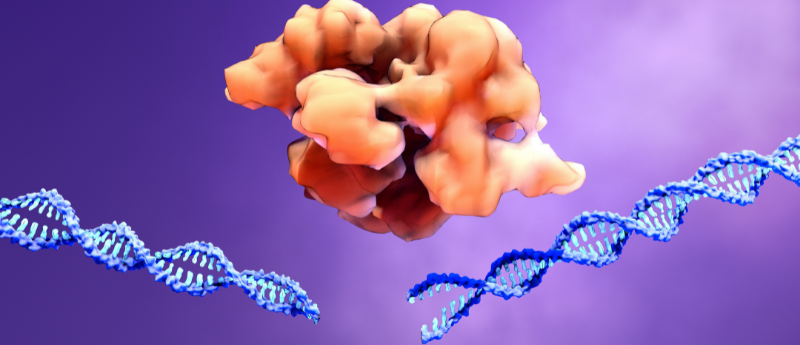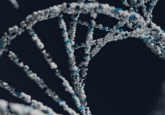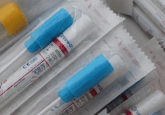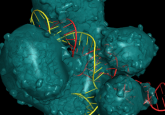Forget molecular scissors, think Swiss Army knife for CRISPR

CasMINI could revolutionize CRISPR therapeutics due to its compact size, ensuring easy delivery into cells.
A key barrier in the development of CRISPR-Cas therapeutics has been difficulty in delivery of the tool to cells due to its size. A commonly used vector for in vivo CRISPR-Cas applications, the adeno-associated virus (AAV), has a limited packaging capacity of less than 4.7kb, with many Cas proteins extending beyond this limit. A team of Stanford (CA, USA) researchers looked to Cas12f – also known as Cas14 – to address this issue.
Cas12f proteins are usually between 400 to 700 amino acids in size – less than half that of Cas9 or Cas12a. Prior to this study, published recently in Molecular Cell, it was not known if Cas12f would work in human cells as more than 99.9% of the thousands of discovered CRISPR systems cannot work in human cells.
CRISPR is a key element of many lab scientists’ toolkits. In addition to its application in basic research, CRISPR is also being applied as a diagnostic and therapeutic tool, and is generating invaluable insights for drug discovery.
Using RNA and protein engineering, the team created a novel class of Cas12f variants named CasMINI, converting the naturally occurring CRISPR system, which showed no activity in mammalian cells, into a highly efficient and specific mammalian genome engineering tool.
“Here we turn a non-working CRISPR in mammalian cells, via rational RNA engineering and protein engineering, into a highly efficient working one,” commented senior author, Stanley Qi. “There were previous efforts from others to improve the performance of working CRISPRs. But our work is the first to make a non-working one working. This highlights the power of bioengineering to achieve something evolution has not yet done.”
CasMINI could be a breakthrough for a range of CRISPR therapeutic applications due to its small size of only 529 amino acids, ensuring easy delivery into cells. The team were not able to detect any off-target effects, demonstrating high specificity. They also discovered that CasMINI can drive high levels of gene activation, which are comparable to that of Cas12a.
“This is a critical step forward for CRISPR genome-editing applications,” explained Qi. “The work presents the smallest CRISPR to date, according to our knowledge, as a genome-editing technology. If people sometimes think of Cas9 as molecular scissors, here we created a Swiss knife containing multiple functions. It is not a big one, but a miniature one that is highly portable for easy use.”
The team will now aim to further improve CasMINI’s editing efficiency and begin in vivo testing for gene therapy applications. They hope that the CasMINI will become a versatile tool for both in vivo gene therapies and in vitro cell engineering.






